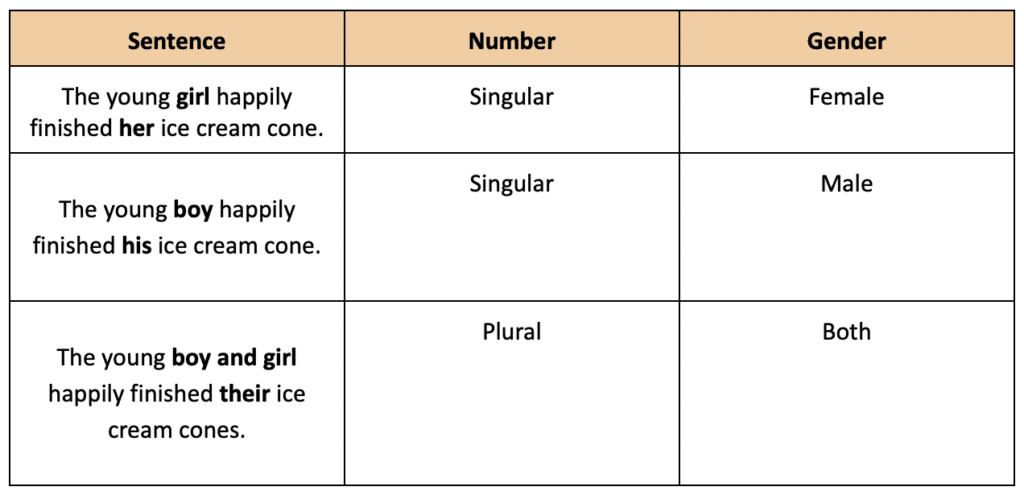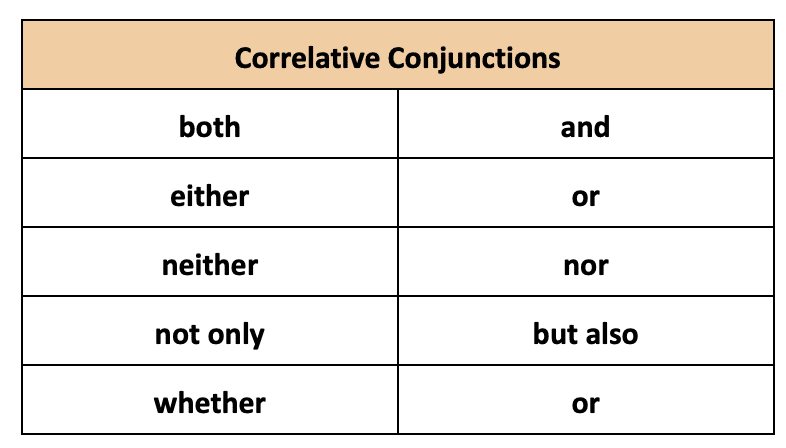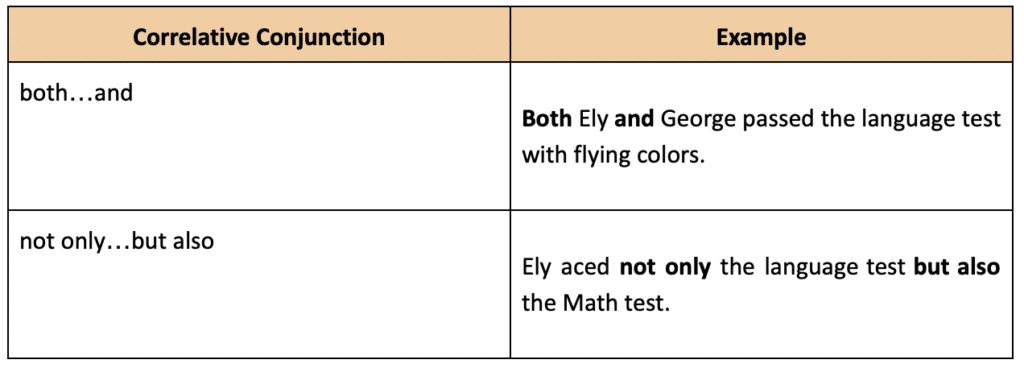
Top 8 Grammar Rules for Language Exams You Need to Know
Learning the English language can be tricky. There are so many grammar rules to follow. But at the same time, the language itself gives you plenty of freedom on how to use it. You can form sentences however you like, but it might not necessarily be ideal, especially in formal speaking and writing. You must keep in mind that there are some rules that you should always follow. These are also the most emphasized grammar rules for language exams.
Eventually, when you familiarize yourself with its rules, the English language becomes easy. By studying and practicing, you’ll find using correct grammar second nature to you. Here are eight grammar rules for language exams that you need to know, which will help you even outside of graded assessments.
Table of Contents
Ensure Subject-Verb Agreement
One of the most important rules of grammar is subject-verb agreement (SVA). At first glance, it’s a simple rule: the subject must agree with its verb. A singular subject should have a singular verb. Likewise, plural subjects should have plural verbs. Take a look at the examples below:
Things can get confusing, however, when you consider subjects that can either be singular or plural. There are indefinite pronouns (everyone, someone, anyone) that should be treated as a singular subject, which means the verbs are also singular. There are also collective nouns, which refer to a group of people or things where the verb agreement changes depending on whether the group acts together or as individuals.
For example, The group is heading home and The group are fighting amongst themselves have singular and plural verbs, respectively.
If you still aren’t sure and want to keep things simple, focus only on each sentence’s subject and verb to help clarify the SVA. If you can identify the subject, forming coherent sentences with proper verb usage becomes much easier.
Comply with the Pronoun-Antecedent Agreement
Take a look at this sentence: The young girl happily finished his ice cream cone. Does this sound a little strange to you?
It’s because the sentence should have used the pronoun her instead of his to match its subject, which is girl. This is how the pronoun-antecedent agreement works. It is a simple rule that states the pronoun should agree with its antecedents in number, gender, and person such as in the examples below.
Use the Correct Tense
The correct tense refers to the time frame (past, present, future). No matter the scenario, when jotting down answers on your language exams, it’s always a good idea to keep an eye on the time frame. Take a look at the examples in the table below.
Aside from the simple past, present, and future tenses, there are other tenses that you need to keep in mind. For example, there is the conditional tense, which describes hypothetical situations such as in the sentence, If I had my dream job, I’d have a car by now.
If you want to ace your language exams, always consider the time frame, so you won’t have trouble using the correct tense.
Avoid Dangling and Misplaced Modifiers
If a sentence has modifiers and there isn’t a clear subject to modify, your sentences will likely have dangling and misplaced modifiers. Take a look at the example below.
Headed to the zoo, the raccoon surprised John.
Who was headed to the zoo? Was it the raccoon?
While it’s easy enough to figure out that it likely meant John, confusing the readers is not a good idea. This is an example of a misplaced modifier. The modifier should always be closest to the word it modifies. Applying this rule, the sentence should be While headed to the zoo, John was surprised by the raccoon.
On the other hand, a dangling modifier usually has no subject and does not modify anything. Such as in this example: After studying for the exam, the TV was turned on.
Who studied for the exam and turned on the TV? The modifier after studying for the exam does not modify anything. One can fix the issue by rewriting it as After studying for the exam, Heidi turned the TV on.
Fix Run-On Sentences
Sometimes people get carried away when they write, resulting in run-on sentences. This may mean that they forget to separate their thoughts. As such, the sentences keep running on and on. For example, I went to the store I decided I wanted apple juice
The given sentence is missing some words or punctuation marks to become clear and coherent. Consider the following fixes:
- I went to the store, where I decided I wanted apple juice.
- I went to the store. I decided I wanted apple juice.
- I went to the store; I decided I wanted apple juice.
To avoid run-on sentences, make sure that your sentences are separated by proper punctuation marks.
Learn How to Use an Apostrophe
The simplest way to understand how to use an apostrophe is to focus on why it’s needed: to signify ownership and missing letters in contractions. For example, John’s bag means that John owns the bag. The apostrophe is there to signal possession. On the other hand, We’ll means we will. The apostrophe is used to signify the missing letters in the contraction.
Don’t confuse apostrophes with the plural form of a noun. Cats and cat’s don’t mean the same thing. One means many cats and one means a cat owns something. For instance, The cats are hungry, and The cat’s food is almost gone.
Avoid Double Negatives
Jean didn’t want no failing grades.
Does the sentence sound correct? Does it indicate that Jean didn’t want a failing grade, or did the double negative indicate that she wanted a failing grade? Such is the reason why you should avoid double negatives or using two negations in a sentence.
You can study the examples in the table to see how to fix the issue.
Remember: Correlative Conjunctions Come in Pairs
Correlative conjunctions are words used to join clauses together. Keep in mind that correlative conjunctions always come in pairs. Take a look at the table below.
Applying this rule, you must remember that if you use both, you should use and. Similarly, you must use either with or, neither with nor, not only with but also, and whether with or.
The Path to Perfect Grammar
Remember that being clear and direct is key to proper communication. To achieve such clarity, it’s important to use proper grammar.
While it’s not a skill you can pick up right away, you can surely improve and master it provided that you devote the time to study and practice. Fortunately, the grammar rules above can help make studying much easier, assist you in mastering English, and push you towards acing your language exams.
Sarah is an accomplished educator, researcher and author in the field of testing and assessment. She has worked with various educational institutions and organisations to develop innovative evaluation methods and enhance student learning. Sarah has published numerous articles and books on assessment and learning. Her passion for promoting equity and fairness in the education system fuels her commitment to sharing insights and best practices with educators and policymakers around the world.










